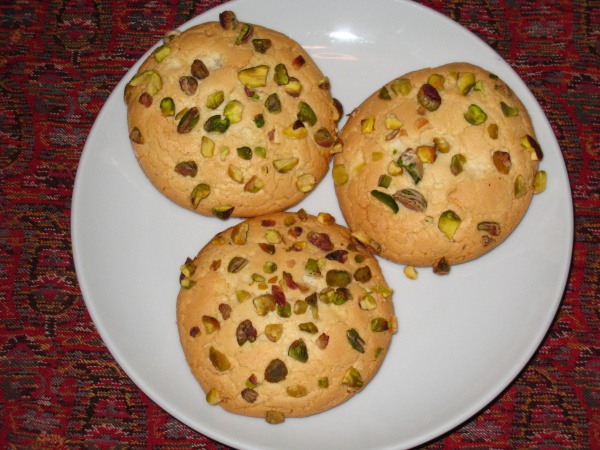Facts About Qurabiya
Qurabiya is a delightful shortbread biscuit often made with ground almonds, and it has become a beloved treat across many countries that were once part of the Ottoman Empire. If you are a fan of cookies, you will undoubtedly enjoy learning about the rich history and regional variations of this delectable biscuit!
The story of cookies dates back to 7th-century Persia. Interestingly, a similar shortbread cookie, sans the almonds, was mentioned in the 10th-century Arab cookbook, *Kitab al-Tabikh*. By the 15th century, the term "kurabiye" appeared in Ottoman cuisine. There is some debate about its exact origins, with Turkish, Arabic, and Persian roots all being proposed.
So, how do different regions add their own unique twist to qurabiya? Let’s take a delicious tour:
- Iran (Tabriz): In this region, the cookie is made with almond flour, sugar, egg white, vanilla, margarine, and pistachio. It is often served with tea, and locals place it on the teacup to soften before indulging in it.
- Morocco and the Maghreb: Known as "ghoriba" in these areas, this version uses semolina, giving it a distinctive crunch.
- Greece: Greek "kourabiedes" are light shortbreads with almonds, sometimes flavored with brandy, vanilla, mastika, or rose water. They are a festive favorite, especially around Christmas and during baptisms.
- Bulgaria: In Bulgaria, "kurabii" are popular holiday treats. Variations such as "maslenki" are often dusted with powdered sugar for extra sweetness.
- Turkey: The term "kurabiye" in Turkey encompasses various types of biscuits, including local favorites like "acıbadem kurabiyesi" (almond cookies) and "un kurabiyesi" (flour cookies).
Qurabiya’s journey through history and across regions has resulted in a delightful diversity of flavors and traditions. Whether you prefer them soft, crunchy, or infused with exotic spices, there is a qurabiya variation for everyone to enjoy!

 Serbia
Serbia